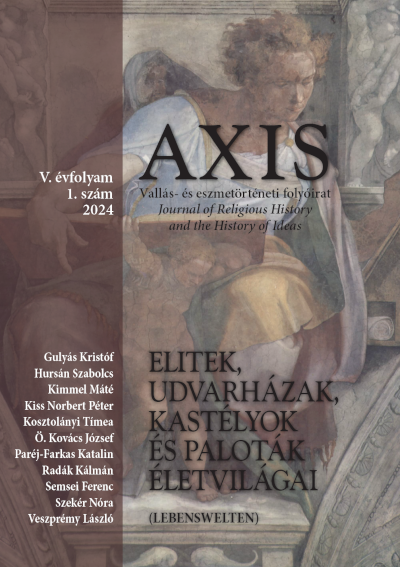“Non-Noble Inhabitants of Noble Mansions”: The Serfs of Moson County between 1750 and 1775
Published 2024
How to Cite

This work is licensed under a Creative Commons Attribution 4.0 International License.
Abstract
My study focuses on a particular social group, the manorial serfs of Moson County. I must point out that I am not attempting to provide any conclusions about the legal status of the above-mentioned group, but to contribute to the understanding of their social function within a specific county by providing information on a specific period between 1750 and 1775. My work is a source analysis based on positivist principles, organised and supplemented with reference to a historical geographical perspective. I will point out that there are significant differences between sub-regions within the county, both in terms of the number of individuals and their social functions. I will also point out that a significant proportion of the manorial serfs were engaged in “typical” occupations — working in the production and trade of alcohol, as the owners or leaseholders of inns and pubs, or as millers or shepherds. Finally, I will briefly show that this social group was not entirely excluded from the possibility of accumulating wealth.

